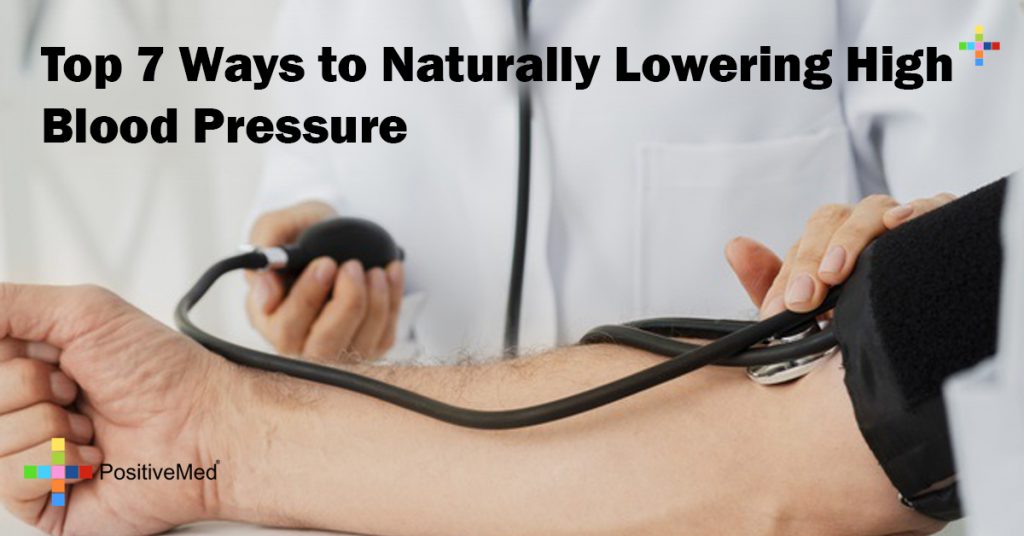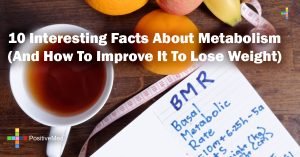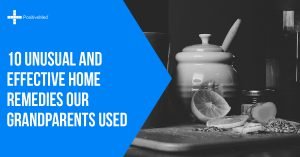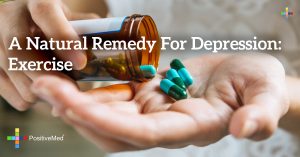
High blood pressure is one of the most preventable conditions today, but it plays a contributing role in more than 15% of deaths in the United States, according to Mayo Clinic. Although it causes no symptoms, high blood pressure boosts the risks of leading killers such as heart attack and stroke, as well as aneurysms, cognitive decline, and kidney failure.
Additionally, at least 28% of Americans have high blood pressure and don’t know it. If you haven’t had yours checked in 2 years, see a doctor. While medication can lower blood pressure, it may cause side effects such as leg cramps, dizziness, and insomnia. Fortunately, most people can bring down their blood pressure naturally without medication.

1. Take 300-500 milligrams of magnesium daily. Magnesium is an important mineral that helps build strong bones, but it also helps lower blood pressure and can help control irregular heartbeat.
2. Exercise. Walking one hour a day will help lower blood pressure naturally. If you must, you can divide up the hour. Or, if you’re feeling particularly daring or, at least, short on time, get a vigorous cardio workout of at least 30 minutes on most days of the week. Try increasing speed or distance to give your heart a better workout. Hypertensive patients who went for fitness walks at a brisk pace lowered pressure by almost 8 mmhg over 6 mmhg. Exercise helps the heart use oxygen more efficiently, so it doesn’t work as hard to pump blood.
Also – avoid being a “weekend warrior.” Trying to squeeze all your exercise in on the weekends to make up for weekday inactivity isn’t a good strategy. Those sudden bursts of activity could actually be risky.

3. Lose weight. If you can achieve your ideal weight, or even knock off a few extra pounds, you may very well eliminate your need for blood pressure medications and drugs to lower cholesterol as well. The loss of 10 pounds generally means the elimination of one high blood pressure drug.
4. Reduce stress. When under stress, the body releases unhealthy hormones, like adrenaline and cortisol which, over time, can result in higher blood pressure. Measures that reduce stress, like spending time with friends, attending church, meditating, or even playing with pets, can lower blood pressure.
Slow breathing and meditative practices such as qigong, yoga, and tai chi decrease stress hormones, which elevate renin, a kidney enzyme that raises blood pressure. Try 5 minutes in the morning and at night. Inhale deeply and expand your belly. Exhale and release all of your tension.
5. Sleep an extra hour a night. Research shows that a lack of sleep not only contributes to high blood pressure, but it can make the condition drug resistant, meaning that hypertensive medication won’t work.
6. Pile on potassium-rich fruits and vegetables. This is an important part of any blood pressure-lowering program, says WebMD. Aim for potassium levels of 2,000 to 4,000 mg a day. Top sources of potassium-rich produce include sweet potatoes, tomatoes, orange juice, potatoes, bananas, kidney beans, peas, cantaloupe, honeydew melon, and dried fruits such as prunes and raisins.

7. Reduce sodium. Certain groups of people—the elderly, people of color, and those with a family history of high blood pressure—are more likely than others to have blood pressure that’s particularly salt (or sodium) sensitive. However, as there’s no way to tell whether any one individual is sodium sensitive, everyone should lower their sodium intake. How much? To 1,500 mg daily, about half the average American intake. (Half a teaspoon of salt contains about 1,200 mg of sodium.) Cutting sodium means more than going easy on the saltshaker, which contributes just 15% of the sodium in the typical American diet. Watch for sodium in processed foods, that’s where most of the sodium in your diet comes from. Season foods with spices, herbs, lemon, and salt-free seasoning blends.
Hypertension: The Silent Killer; WebMD





